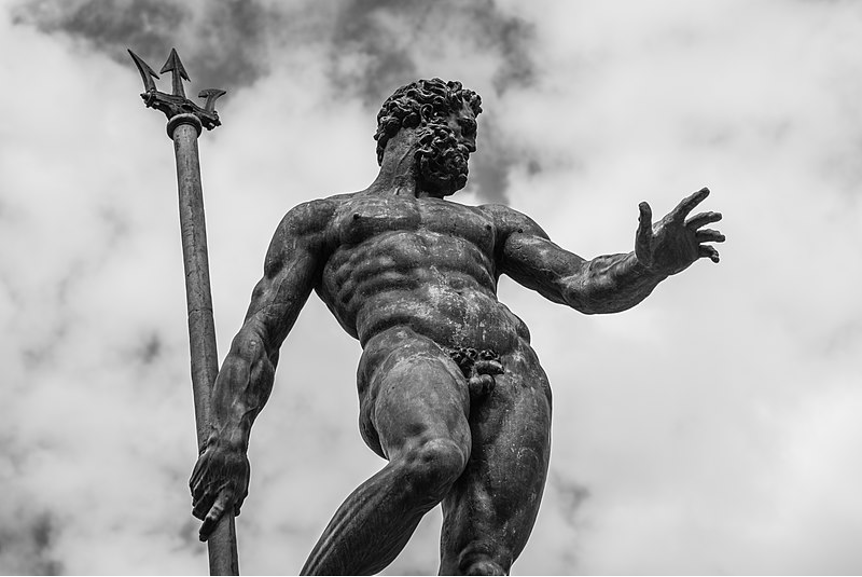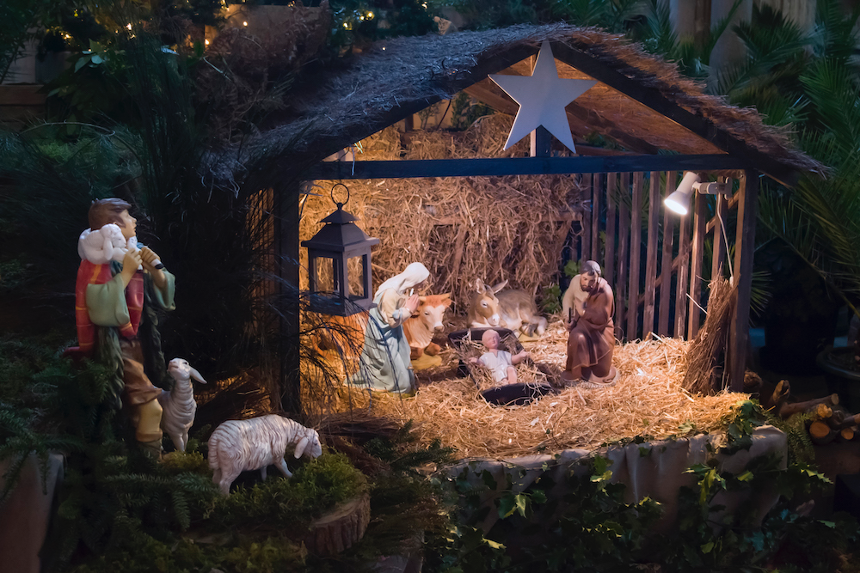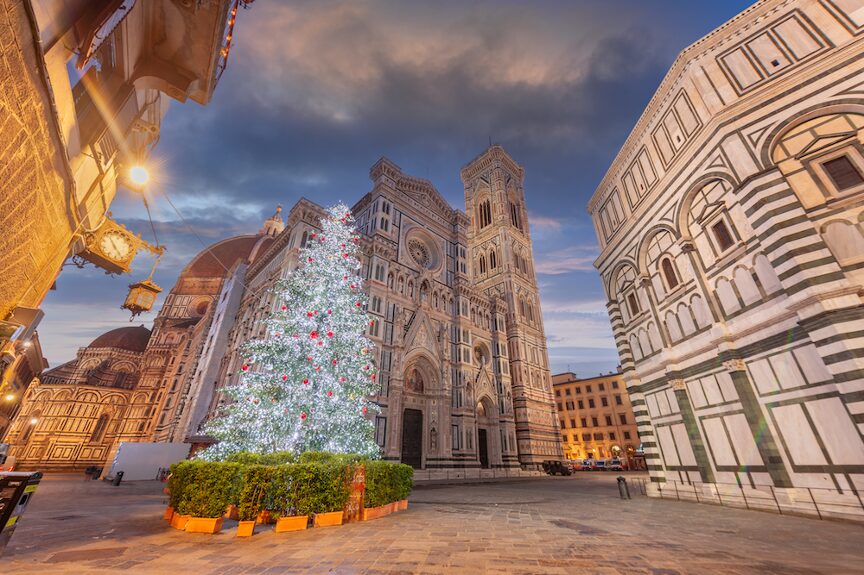Bologna: discover the 7 secrets of the ‘learned, fat and red’ city
Bologna is one of the perfect Italian cities to visit on the weekend. It has many surprises waiting for its visitors, especially if you choose a very special itinerary like this one: the seven secrets of Bologna. It is a route that all the Bolognese know and that you can enjoy on your next trip.
The virility of Neptune
It starts with one of the symbols of the city, namely the statue of Neptune, which stands atop the fountain in the square of the same name. Well, do you see the free hand, the one not holding the trident? If you stand near the library steps, the index finger of that hand, for a curious (but it would be more correct to say ‘itchy‘) optical effect, will appear to you as the erect phallus of the god of the seas.
The ‘telephone’ of the Podestà
Move to the Palazzo del Podestà, which directly overlooks Piazza Maggiore. Stand under the vault of the Podestà, in one of the four corners to be precise: you will be able to hear, by an incredible acoustic play, distinctly any word spoken by all the people standing in the other three corners.
The effect is incredible. Such a system, an authentic ‘wireless telephone’, seems to have been devised during the Middle Ages to make lepers confess.
A broken vase and a lot of superstition
Never, never climb to the top of the Asinelli tower before you graduate or you risk not obtaining the coveted degree. Every student here knows this and obsequiously respects this little precept. For everyone else, at the top of the Asinelli tower there is a broken vase that would represent the innate problem-solving ability of the Bolognese.
Bread, wine and… cannabis
Without getting too carried away: pleasure is an essential element of Bologna: after all, what’s wrong with enjoying life a little? So much so that, as an imperishable reminder of this sacred recommendation, one can read under the Scappi tower: Panis vita, canabis protectio, vinum laetitia, ‘Bread is life, wine is joy, cannabis is protection’.
Three arrows and a ceiling
At the entrance to Corte Isolani, there are three arrows stuck in the wood of a portico. Legend has it that three brigands, intent on shooting a Bolognese nobleman to death, were distracted by a beautiful maiden standing naked at the window… and misjudged their aim, causing the arrows to end up in the ceiling of the portico.
Little Venice
From Via Piella, a small window overlooks one of the last remaining city canals in Bologna. A truly romantic glimpse that the many couples have decided to make even more special by drawing little hearts and writing love phrases.
Panum resis
There is yet another Latin locution that, in reality, would not have a very precise meaning. “Panum resis’ would mean that knowledge is the basis for any decision. And legend has it that this inscription stands out on the table in the Alma Mater Studiorum headquarters in Palazzo Poggi.
It is a legend because there are those who say they have actually seen it, and there are those who have searched for it throughout the university premises without ever finding it. Does it really exist? In the meantime, it does its job: to communicate a very important concept and make Bologna even more fascinating than it already is.
Tours of Bologna
The Forexchange branch in Bologna is located in the central Bologna station: here you can find all the tourist information you need to organise your visit. Reach Bologna easily by train by purchasing a Trenitalia ticket. We are waiting for you!
Photo Credits:
Antonino Diano, Wikimedia









